We believe all Australians with disability should have equal access to the life-changing assistive technology they need. That is why we are asking the Australian Government to establish a national assistive technology program to meet the needs of people with disability who are excluded from the National Disability Insurance Scheme (NDIS). We cannot reach this goal on our own.
We need your help! Please show your support by signing our petition or writing to your local representative now!
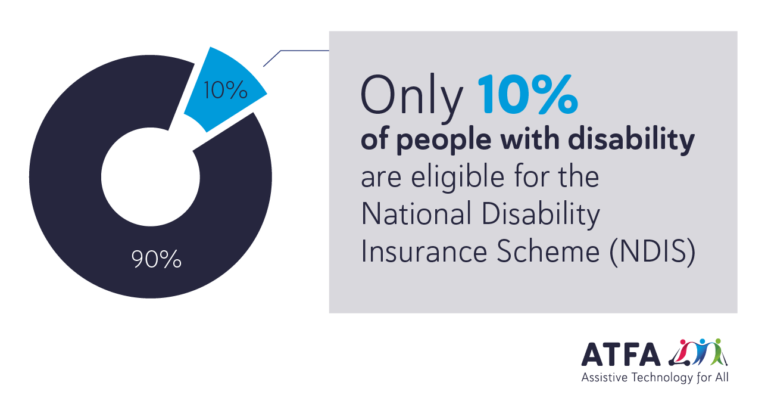
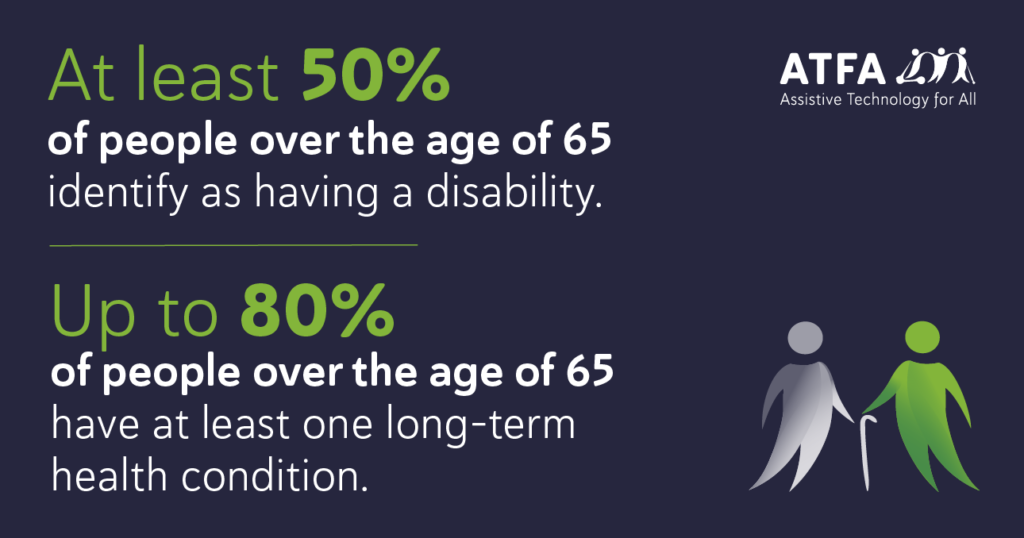
Background
Disability can affect anyone at any time.
Almost 20% of the Australian population experiences disability. Disability also becomes more common as people age.
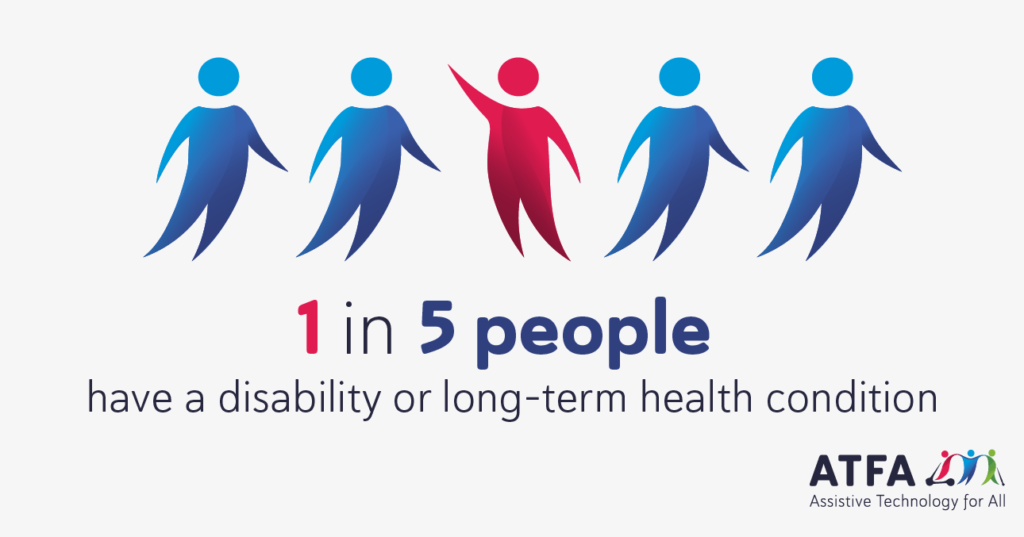
The term “assistive technology” refers to any aid or piece of equipment that helps a person with disability perform an everyday task. Wheelchairs, prosthetic limbs, electronic communication devices and home modifications like ramps are all examples of assistive technology. These solutions can allow people with disability to move around independently, communicate, undertake self-care and continue leading full, active lives.

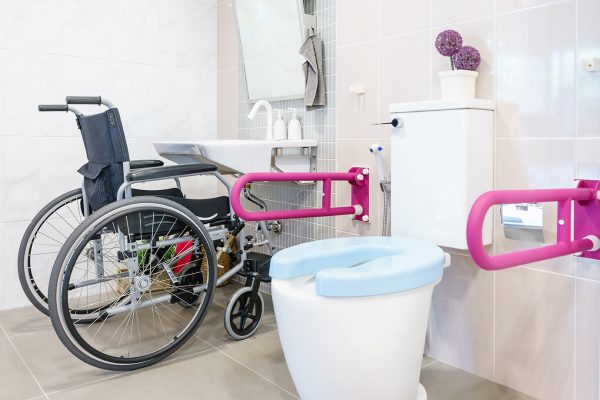
Assistive technology includes aids like the refreshable braille display for computers (left), or the modifications made in this home bathroom (right).
Assistive technology includes aids like the refreshable braille display for computers (top), or the modifications made in this home bathroom (bottom).
The issue
Some people with disability are entitled to fully funded assistive technology under the National Disability Insurance Scheme (NDIS), but not as many as you might think.
Did you know?
- The NDIS is only available to around 10% of Australians with disability.
- You must be under the age of 65 to start accessing services under the NDIS. This means most older people with disability miss out.
- An estimated 800,000 people with disability under the age of 65 may also be excluded from the NDIS.
Did you know?
- The NDIS is only available to around 10% of Australians with disability.
- You must be under the age of 65 to start accessing services under the NDIS. This means most older people with disability miss out.
- An estimated 800,000 people with disability under the age of 65 may also be excluded from the NDIS.
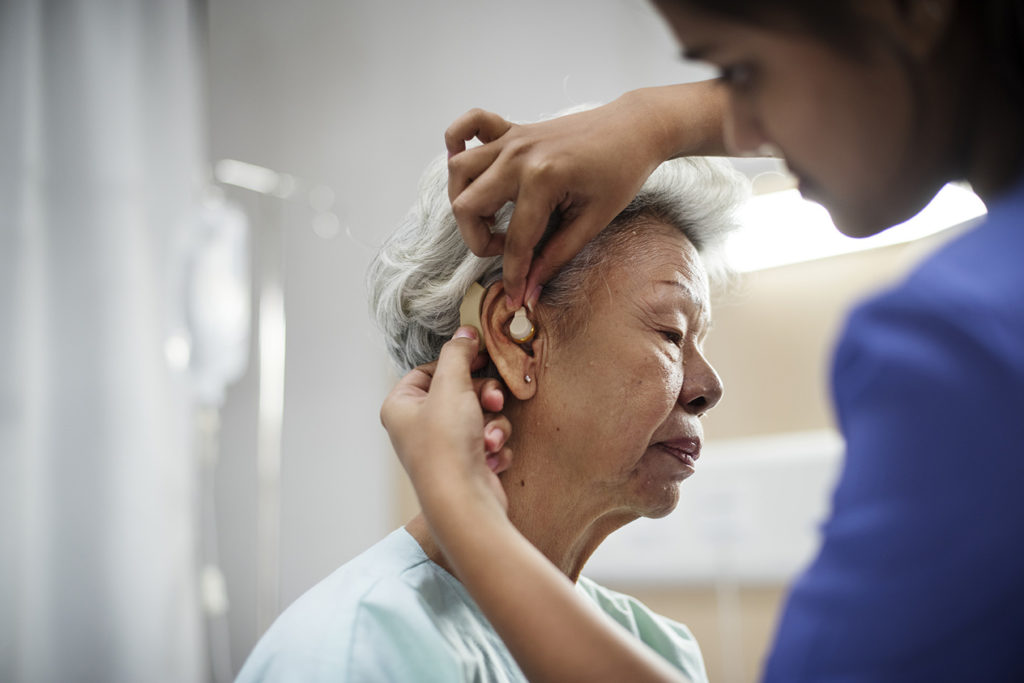
Right now, people with disability who are excluded from the NDIS do not have equitable access to the assistive technology they need. This doesn’t just limit their independence and participation in community life. It can also increase their risk of injury and experiences of violence, abuse or neglect. And in some cases, people may have no other option but to move into residential care.
How can we fix it?
We want all Australians with disability to have equal access to the lifechanging assistive technology they need.
We need a safety net to stop people from falling through the cracks and we need it now! That’s why we are asking the Australian Government to establish a national assistive technology program to meet the needs of people with disability who are excluded from the NDIS.
We need a safety net to stop people from falling through the cracks and we need it now! That’s why we are asking the Australian Government to establish a national assistive technology program to meet the needs of people with disability who are excluded from the NDIS.
How can we fix it?
We want all Australians with disability to have equal access to the lifechanging assistive technology they need.
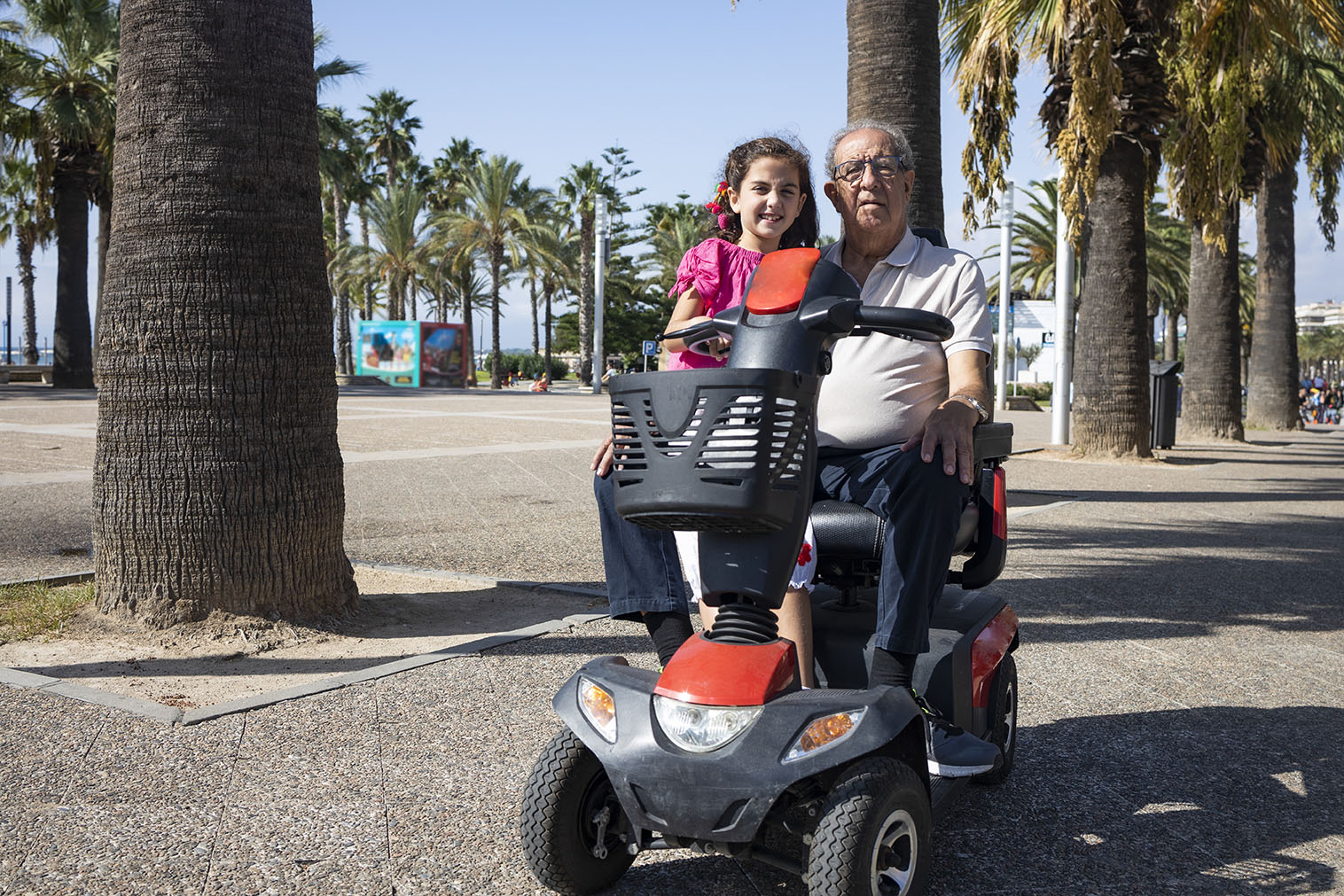
We can’t reach this goal on our own though.
We need your help!
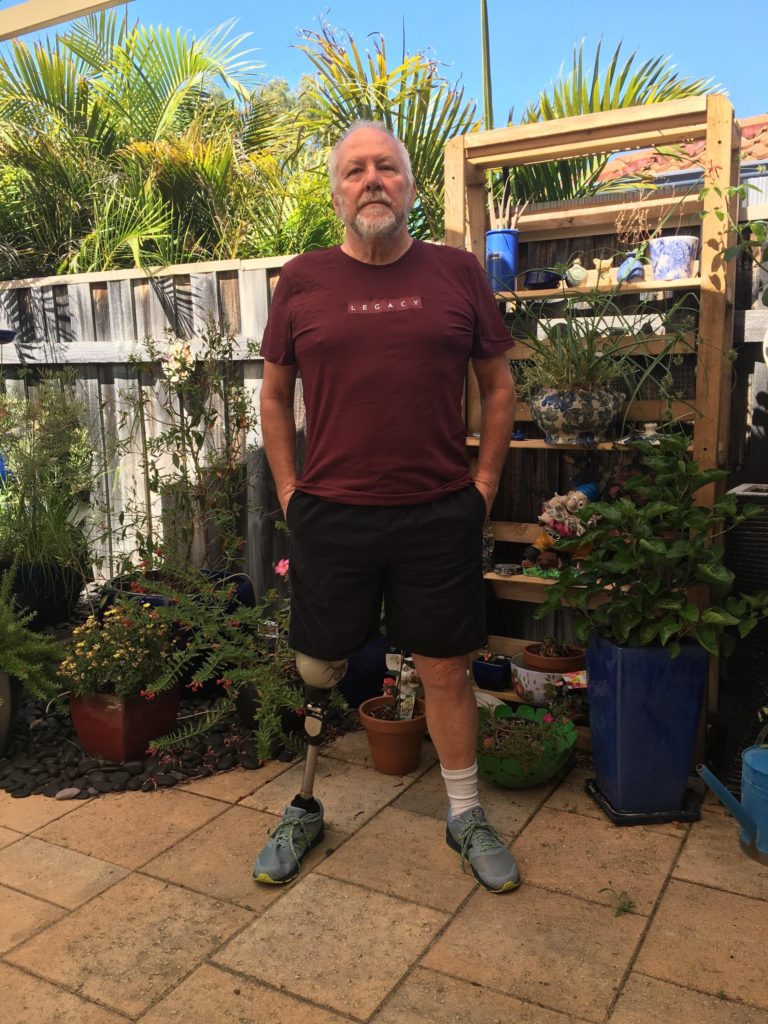
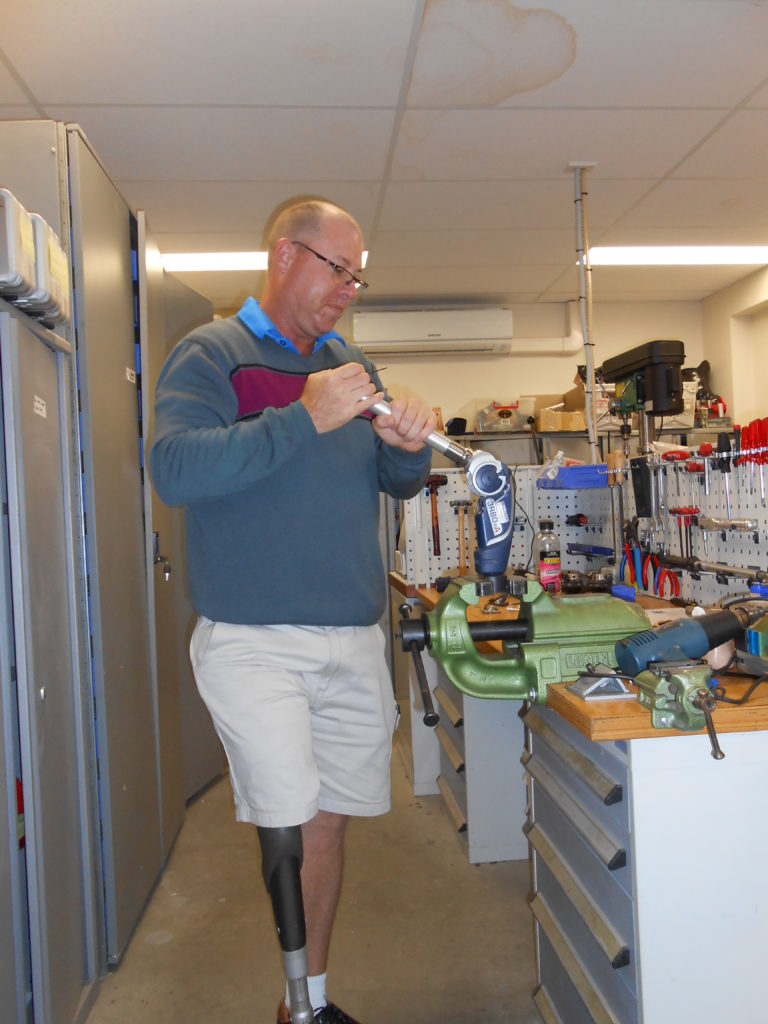
Meet Robert and Steve
Robert and Steve have both had their right legs amputated because of aggressive infections. Although Robert is just nine years older than Steve, this age difference has meant a very different experience with assistive technology.
Robert and Steve have both had their right legs amputated because of aggressive infections. Although Robert is just nine years older than Steve, this age difference has meant a very different experience with assistive technology.

